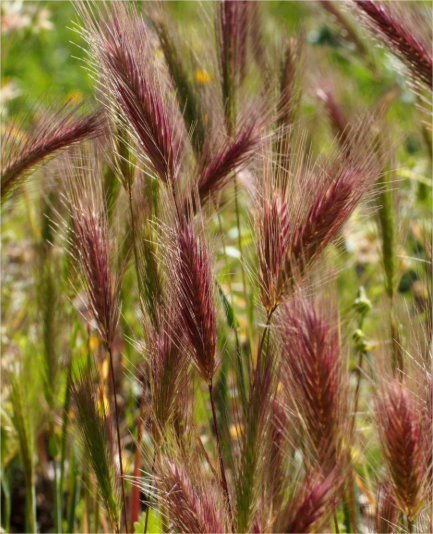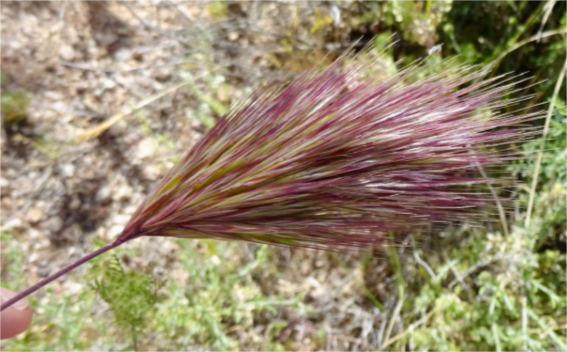Red Brome Plant
Red Brome (Bromus rubens) grows up to 3 ft, thrives in well-drained soil, full sun, moderate moisture, non-edible and non-medicinal.

Habit
Grass
Height
0.3 to 0.5 m
Growth
Fast
Soil
Well-drained, Sandy Loam
Shade
Full
Moisture
Moderate
Edible
No
Medicinal
No
Origin
Mediterranean
Climatic Condition
Temperate, Subtropical
Temperature (°)
10°C to 20°C
Humidity (%)
50% to 70%
Potting media
50% Loam, 40% Sand, 10% Organic Matter
Fertilizers
Organic Fertilizer
Watering
Regular watering
Plant Weight
0.1 to 0.3 kg
Flowering Time
Spring to Summer
Soil Ph level
6.0 to 7.0
Water Ph level
6.0 to 7.5
Soil EC
0.5 to 0.7 mS/cm
Yield Per Plant
0.5 to 1.0 kg per plant
NPK ratio
10:10:10
life Span
2 to 3 years
Health Benefits
Forage, Soil Erosion Control
Suggested Grow Media or Potting Mix ?
50% compost, 25% peat moss, 25% sand.
Suggested Fertigation/Fertilizers
Fertilize every 8 weeks with balanced fertilizer.
Common Diseases and Remedies
Leaf Spot, Rust, Powdery Mildew, Aphid Infestation, Root Rot
Brown or black lesions on leaves, Reddish or orange pustules on leaves, White powdery growth on leaves, Distorted leaves and sticky residue, Wilting, yellowing leaves, and stunted growth
Neem oil, Compost tea, Improve air circulation, Insecticidal soap, Improve soil drainage, Use Resistant Varieties.
Copper-based fungicides, Fungicides with propiconazole ,Sulfur-based fungicides, Chemical insecticides, Soil-applied fungicides
HEALTH BENEFITS
· Primarily a wild grass with limited medicinal use.
Can prevent soil erosion in certain regions.

